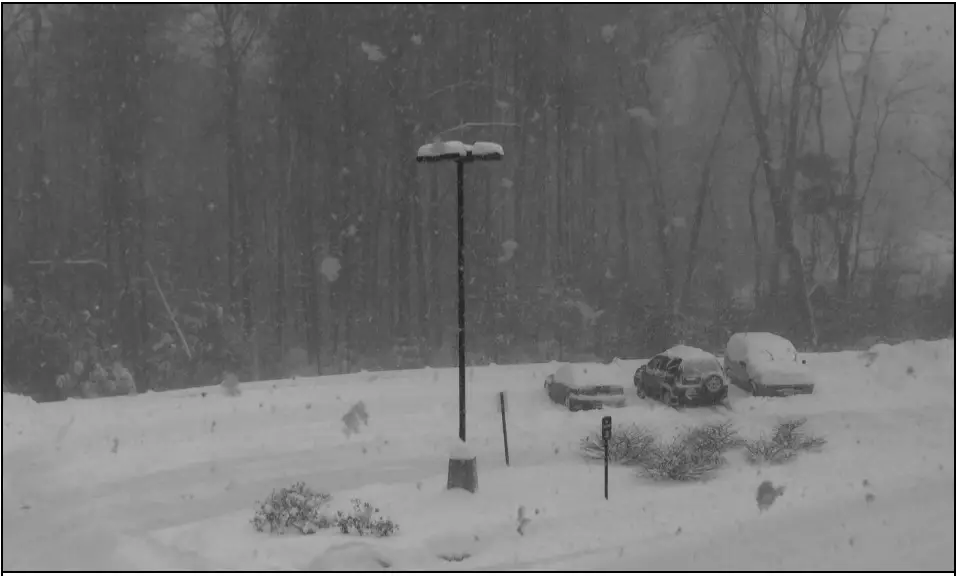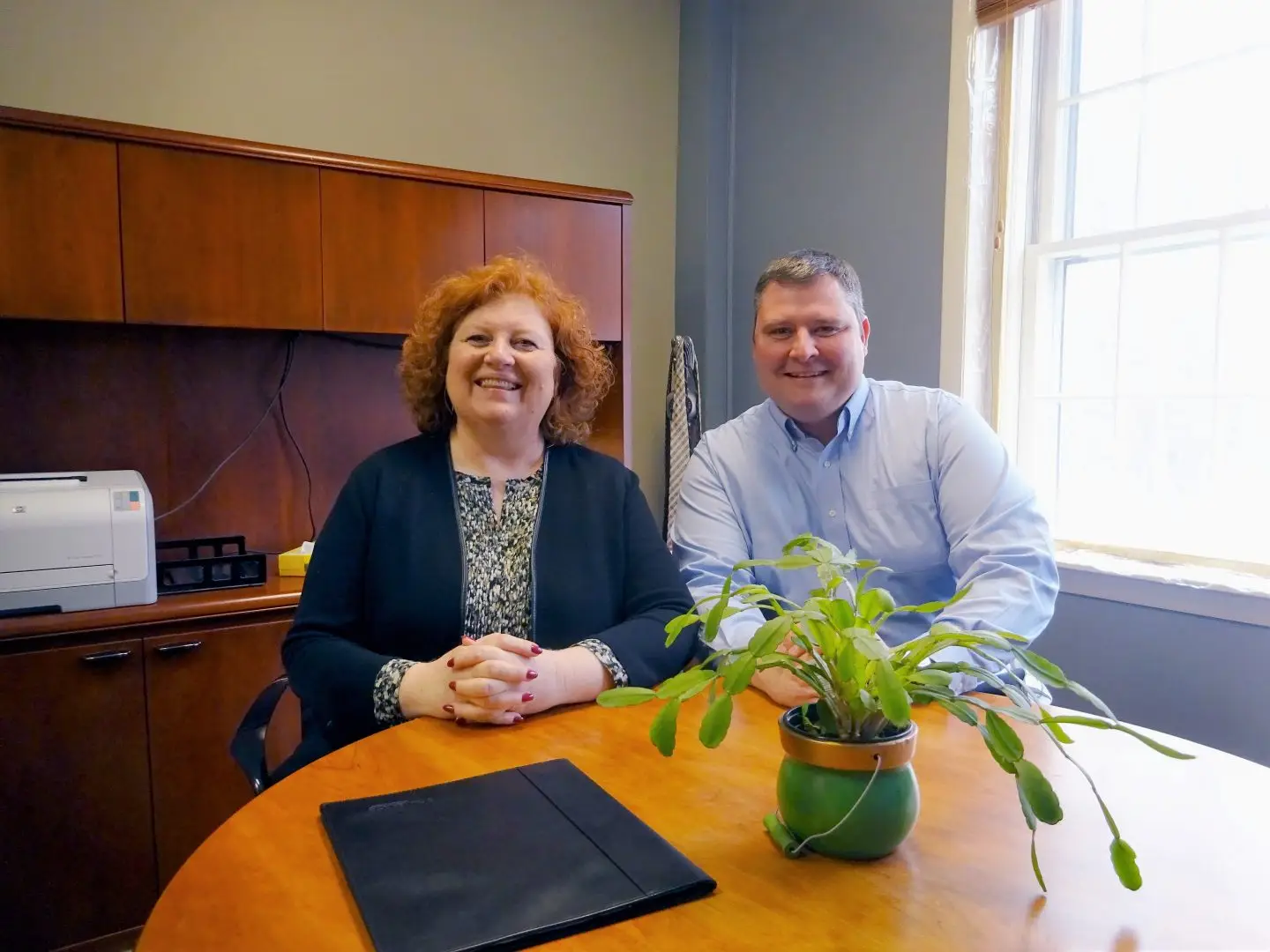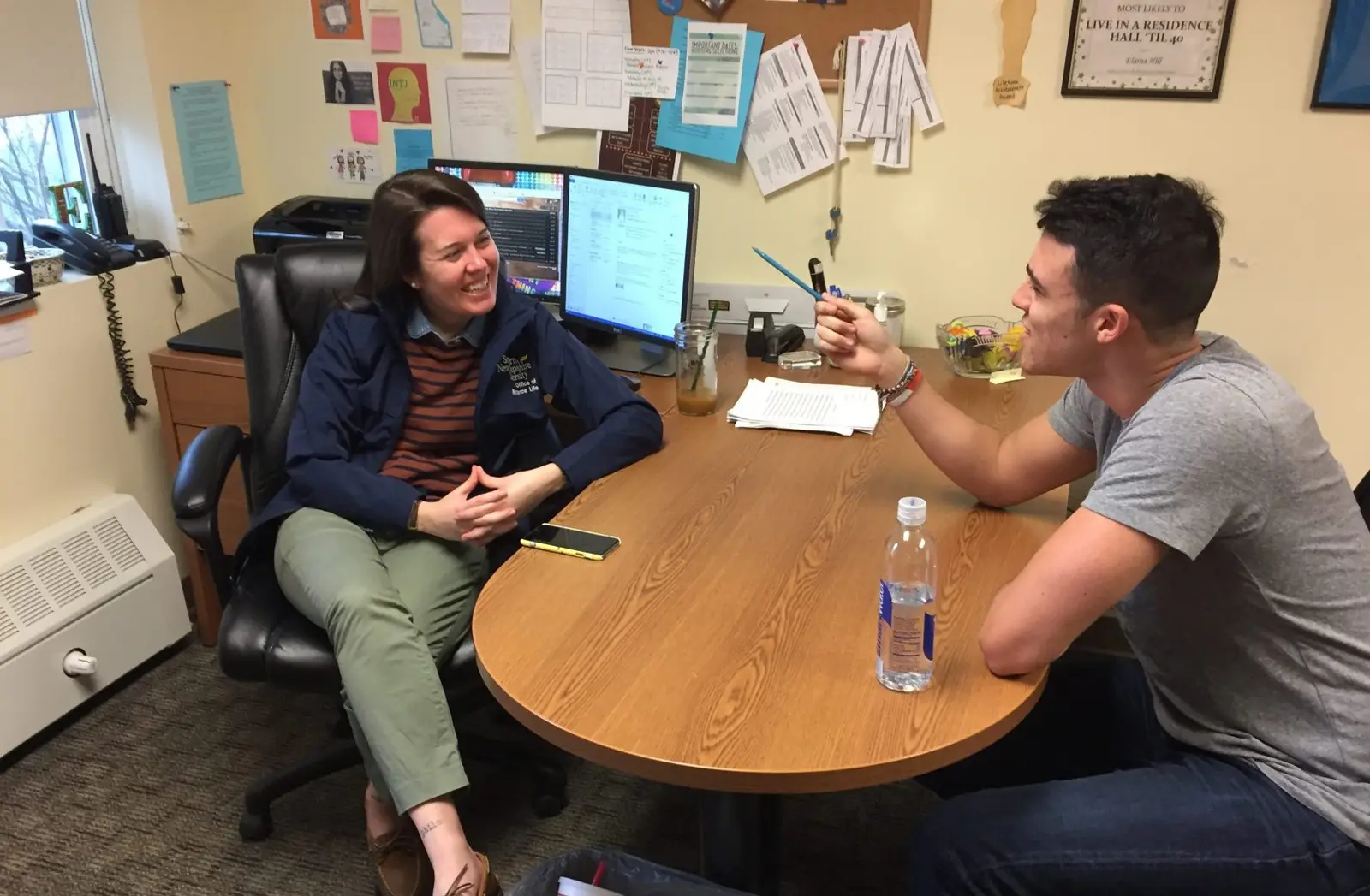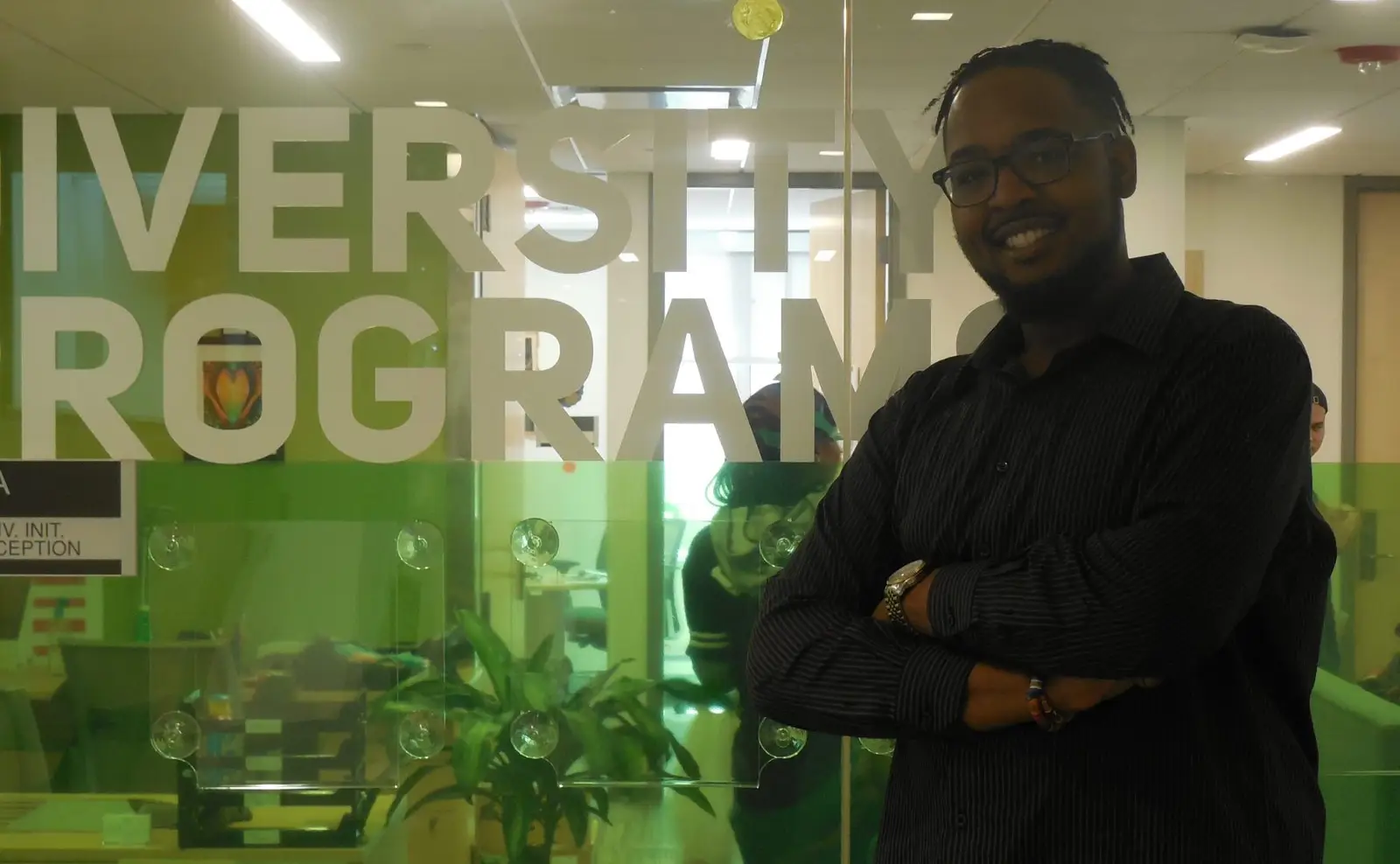Despite the warm weather that has recently come and gone, many snow storms have hit campus this winter.
Who can students and faculty thank upon waking when all of the snow has been cleared from paths, sidewalks and parking lots? SNHU’s Facilities team and Public Safety.
Marc Guertin, director of Facilities said, “I oversee grounds. We do about 70 percent of the grounds in house, and sub[contract] out about 30 percent to outside contractors.” The grounds consists of the parking lots, sidewalks as well as landscaping. There are 13 positions on the grounds crew, including the supervisor, and there are about 40 other housekeepers that report to Guertin.
“When there’s a storm coming, we usually communicate and decide whether or not to do plowing operations,” Jim Winn, associate Dean, department of Public Safety said. If Guertin decides plowing is necessary, the next step is communicating this information to the students.
“Some of the ways we do that are blast emails to resident and commuter students, and we have our marketing communications folks also get on social media sites and get the word out there. We’ll also text the information through SNHU Alerts to everyone,” Winn said.
It takes four nights to complete snow removal. “The reason it takes four nights is because if there’s 2,500 parking spots on campus, it’s not like we have another 2,000 somewhere where we can tell everyone to move their cars to. So we have to do it in stages. We used to do it in three nights, but parking got too tight,” Jim Winn said.
“The night of, we ask people to move their cars by 10 p.m. so that we have clear lots with no vehicles in them, and usually around midnight [Guertin’s] team comes in. [Public Safety’s] job is to make sure the lots are cleared of vehicles so they can plow,” Jim Winn continued.
Because of new parking lots being built around campus along with other projects, in the coming years the four day process may change.
“We would like to bring the process back to three days. The biggest reason is if we encounter back to back storms,” Winn said.
Guertin explained why back to back snow storms are difficult if it continues snowing.
“Sometimes you can’t get to everything in four nights, so now you haven’t touched somebody’s area and they can’t get to their car because we weren’t able to plow that second or third night,” Guertin said.
This four day set-up works well if students do their part. “We realize it’s a little bit of an imposition on the students, but if people haven’t moved their cars, we tow them. If the car has a parking decal we know who they are, so we will tow them to another part of campus,” Winn said.
Lot 26 is usually where these cars end up, behind the library. “If the car doesn’t have a decal that becomes very problematic because someone has to pay for the tow truck. If a student doesn’t move their car, we just put the charge on their account, but if it’s not a student we tow the car to the tow company’s lot in Manchester, N.H., and ultimately whoever owns that car will show up at Public Safety, and we direct them to where it has been towed,” said Winn.
Public safety suggests that students move their cars as soon as they receive the email that snow removal is taking place, and move it back before class or in between classes in the morning, but not everyone’s schedules allow for this.
“If you have a busy day when it snows and you’re on a sports team, especially lacrosse when we have practices late in the evening, people have gotten tickets because they didn’t get to move their cars until late at night,” Cameron Rewucki, degree in three senior.
“The places that are available for people to move their cars to are so far away that it makes it difficult to move your car in between classes and then get back in time to get to another class or practice,” Rewucki continued
“This year’s snow removal was the bane of my existence. They were so inconsiderate about emails, and their timing was terrible,” Caryssa Propfe, junior, said.
Propfe felt the emails notifying students were not sent in enough time for everyone to plan to move their cars by 10 p.m.
“I applaud the students. They’ve gotten better over the years, and have been so much more responsive which is great because the last thing I want to do is tow somebody’s car, and nobody wants to come out to find their car has been towed,” Winn said, and Guertin agreed.
They attribute the responsiveness of students to better communication coming from Public Safety’s end, but are aware that improvements can be made.
There have been complaints from students about having to move their cars when the snow seems to have already melted by the time facilities gets around to plowing a lot.
Guertin addressed this by saying, “we drive around and look at the lots. For that particular storm we saw that the ice buildup needed to be treated, so it may not have looked like it got plowed, but it got treated.”
“There’s never anywhere to park in the big parking lot near the hospitality building, all the spaces are usually taken even at 8 a.m. Commuters can’t find parking there which can be annoying,” Margie Buswell, a junior commuter said.
“The amount of parking spots taken up after it snows isn’t fair [to commuters]. They don’t plow the snow so that there is enough parking spots. People can’t see where the parking spots are, making it so they take up more than one spot. The lots are just poorly plowed,” Lynnie Picard, a first-year student commuter said. “If we see residents haven’t moved their cars from commuter lots by 9 or 10 a.m. we’ll start sending text alerts to let them know they need to move their cars,” Winn said.
“There are some more remote lots on campus commuters can park in if there aren’t any spots in the designated commuter lots. The lot behind Webster has about 180 spots, and is always open,” Winn said.
Commuters should also know if they are coming to campus and aren’t sure where to park, calling Public Safety is a good option.
Public Safety can pull up the cameras of parking lots on campus and let students know exactly where spots are open, this will hopefully lessen the frustration some commuters feel when arriving on campus after a storm.
Overall, snow removal on campus this year has been more successful than previous years, and Public Safety as well as the facilities department are open to hearing from students and faculty about how they could improve the process.




